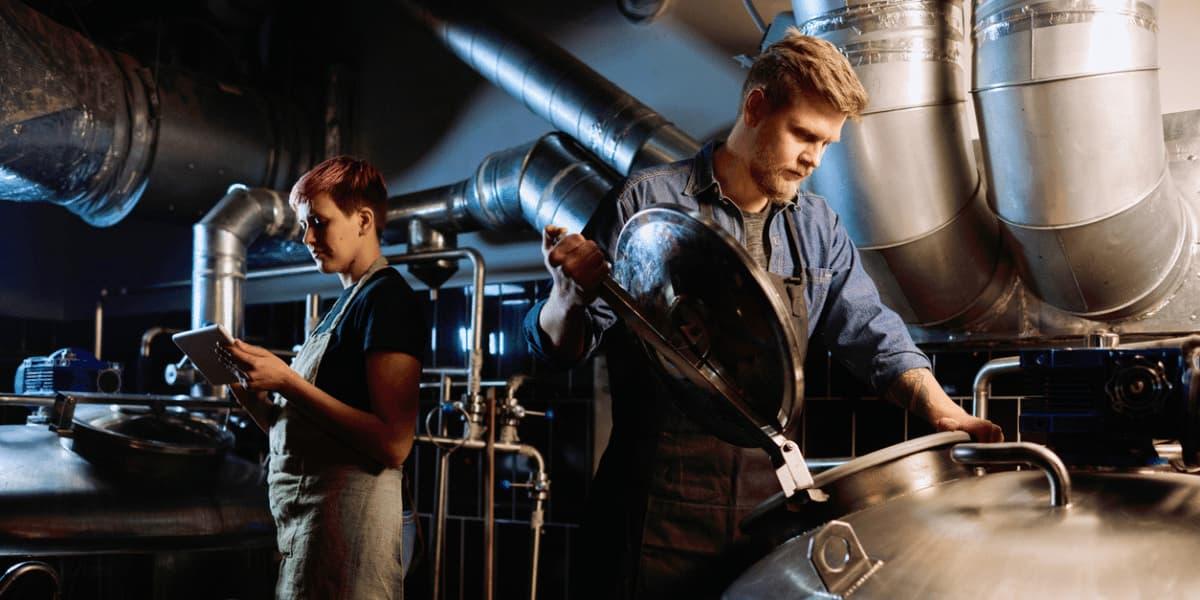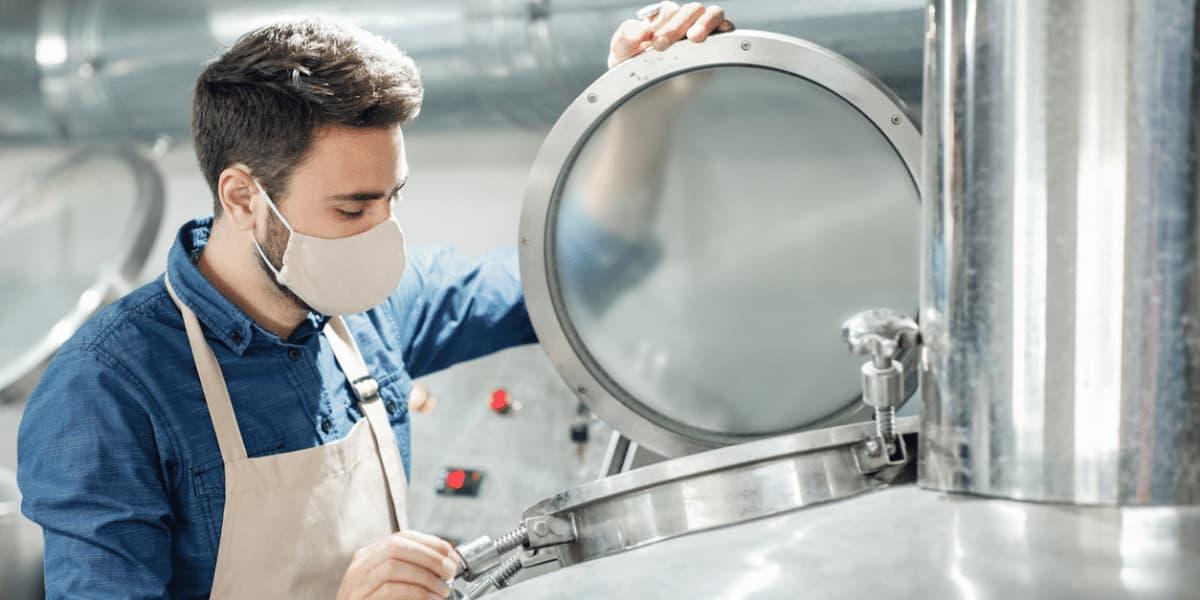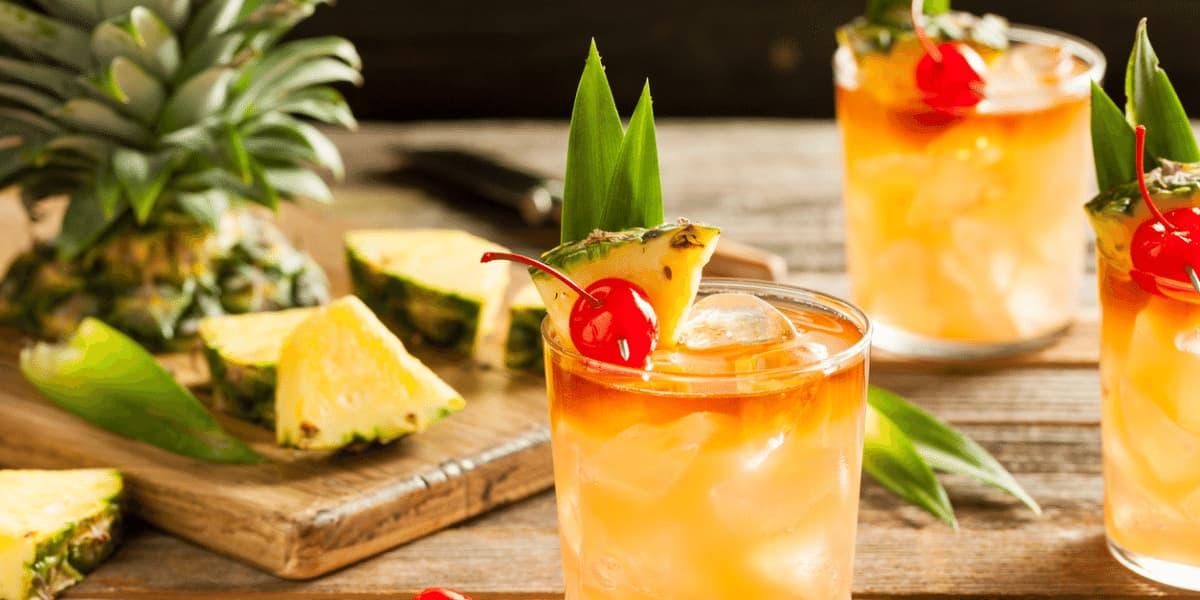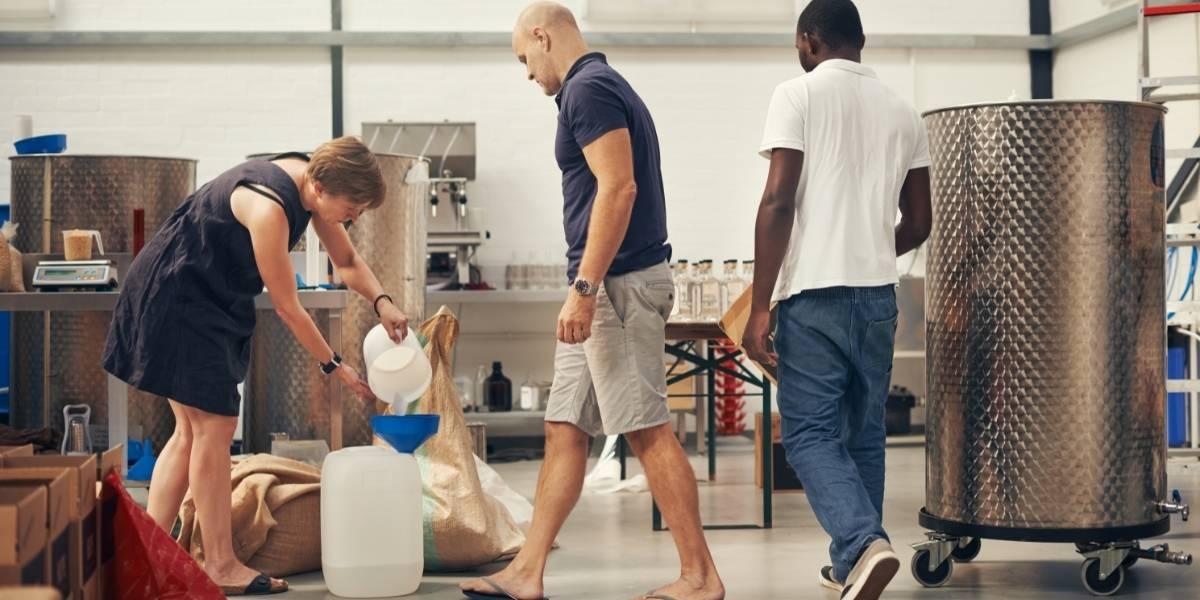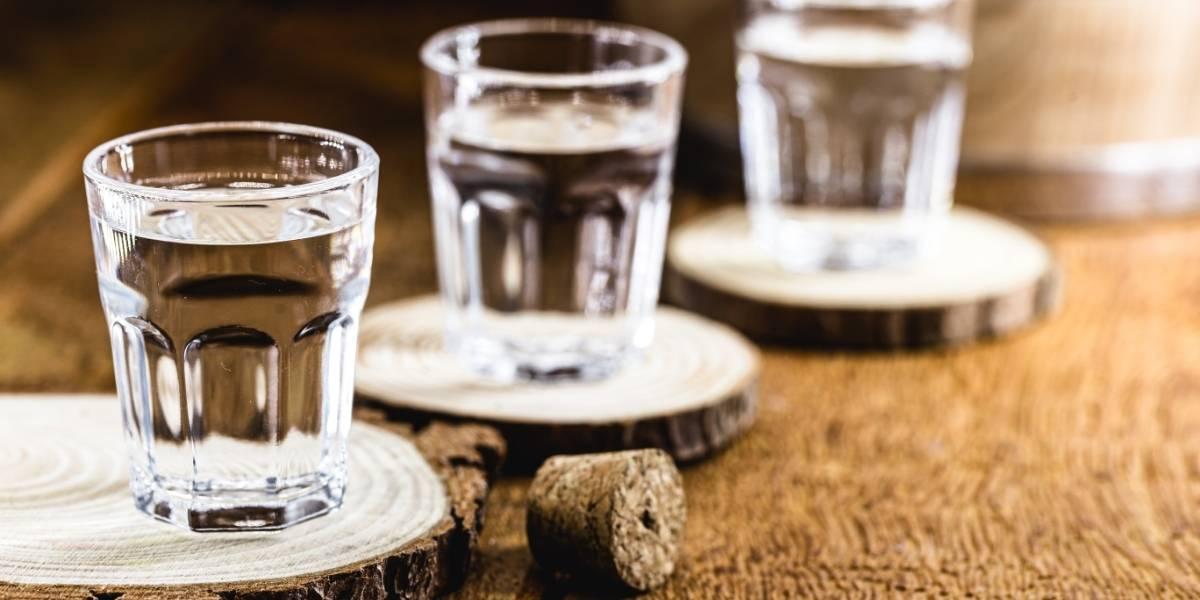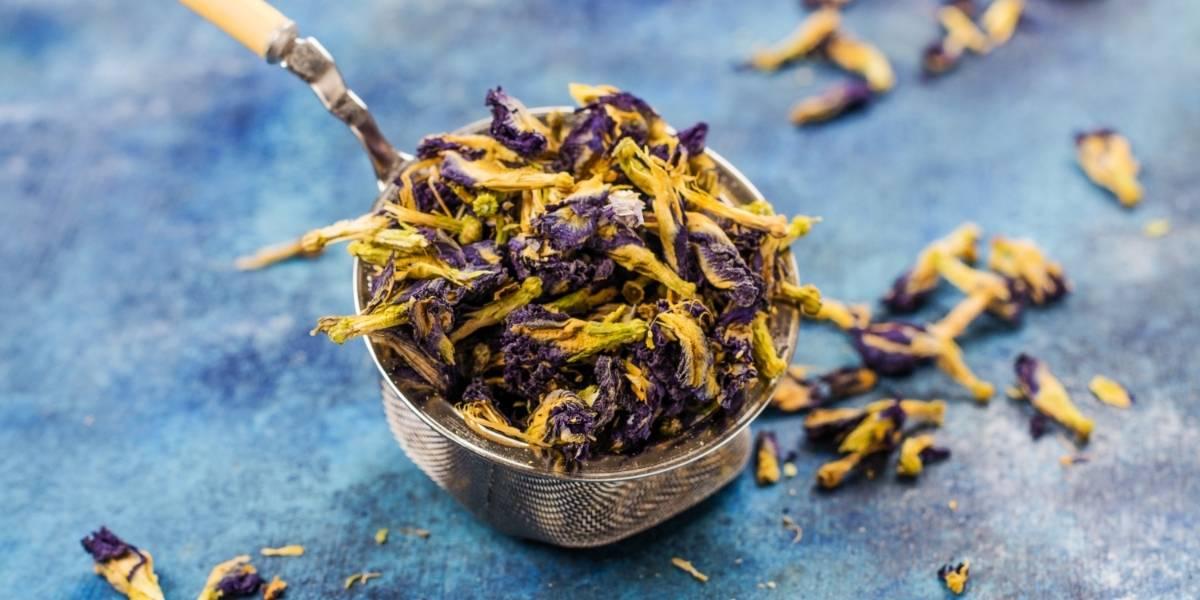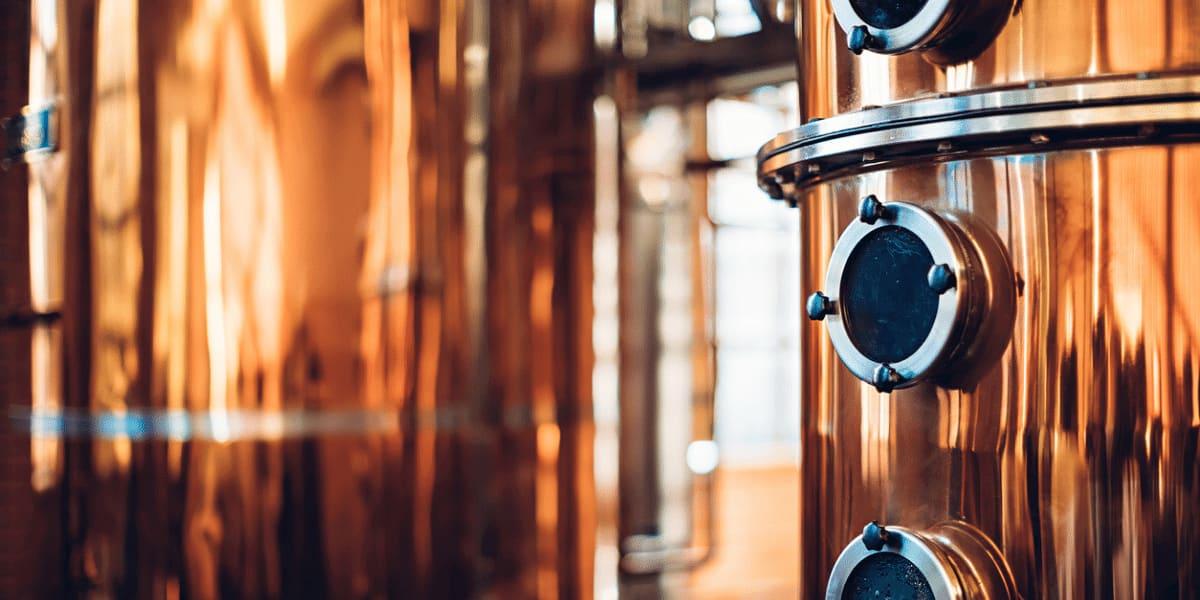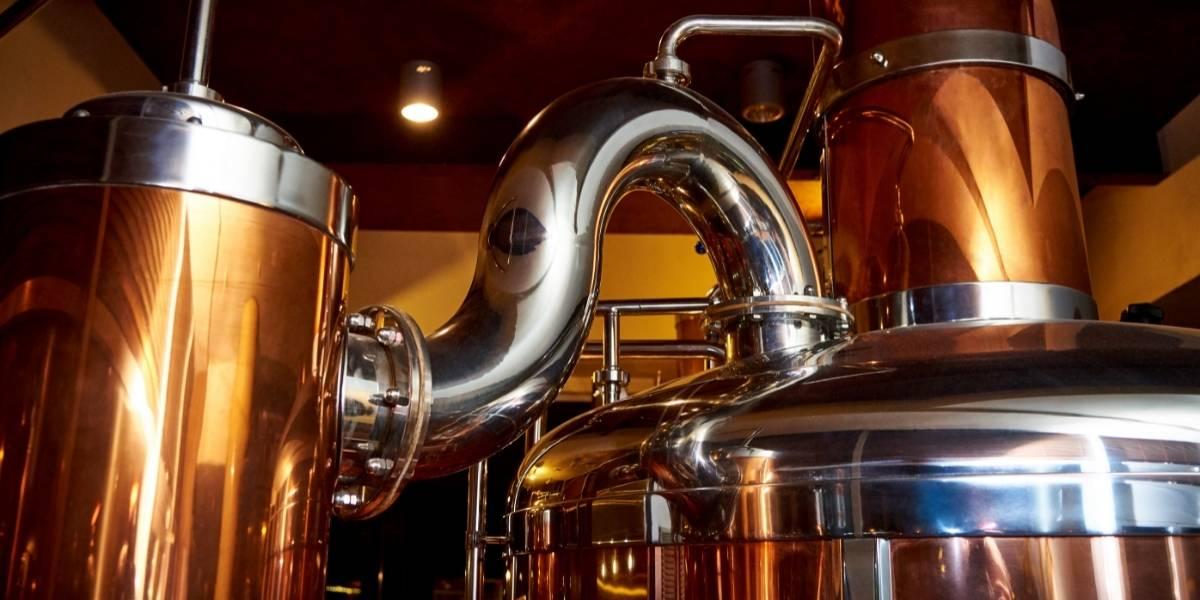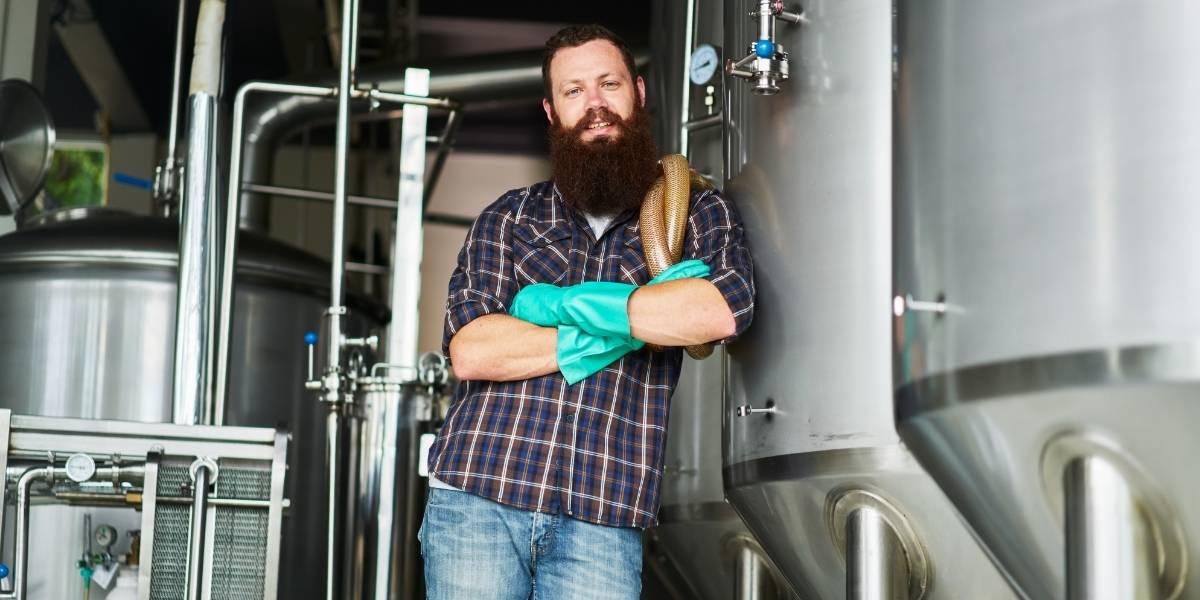It’s no secret that most people attribute dudes with beards to being the creators of the spirits, but did you know women are starting to make a name for themselves in all things distilling? From owning the business to being the master distiller, more and more women are getting into the game. It’s no surprise that women are moving up in the distilling world, after all, there have been studies showing that women have a slightly better sense of smell and a more sensitive palette. Mix that with an interesting career path, a world of opportunity opens for women who want to get out of the administrative life.
Women Distillers
A huge advantage to more women being in the industry is that it means it will become easier to visit a distillery that empowers diversity in a male-driven industry. Women in Distilling, a database created in Portland, Oregon, explicitly highlights distilleries that are owned and/or operated by women. It doesn’t stop there, the database also highlights marginalized people. The site offers an interactive map to consumers that enables them to locate distilleries in their area. As the consumer looks up local distilleries, the map indicates if the distillery is Woman-Owned, Woman Distiller, BIPOC, LGBTQ, and if the distillery is open to the public.
As more women make their way into the spirits industry, more avenues open as well. Women of the Vine and Spirits is an organization that offers global membership to support the beer, wine, and spirits industry, where women can network with other women and education. The site offers a paid membership that gives women access to like-minded individuals and companies to network, collaborate, and learn from each other as well as opportunities to advance their careers. WOTV offers a job board, education, and resources to members to advance diversity in the industry.
The American Distilling Institute offers a Women’s Summit at their yearly conference to aid networking amongst female professionals. Not only do you get the benefit of the conference, but ADI creates a great networking luncheon specifically for women in any area of the field.
With fewer than 1% of distilleries owned by women, the female presence in the spirits industry is growing year over year; the knowledge and networking that is available to women continue to grow. Take advantage of the resources that are available and become the next female empowered distillery!
